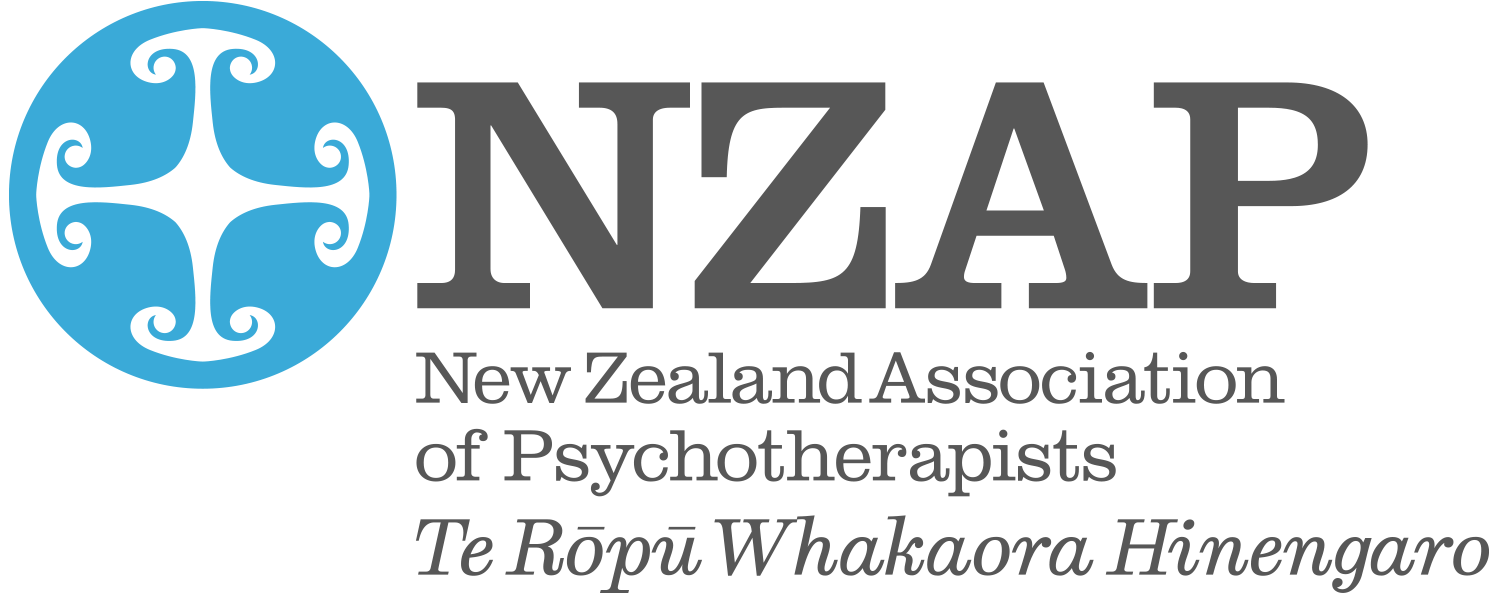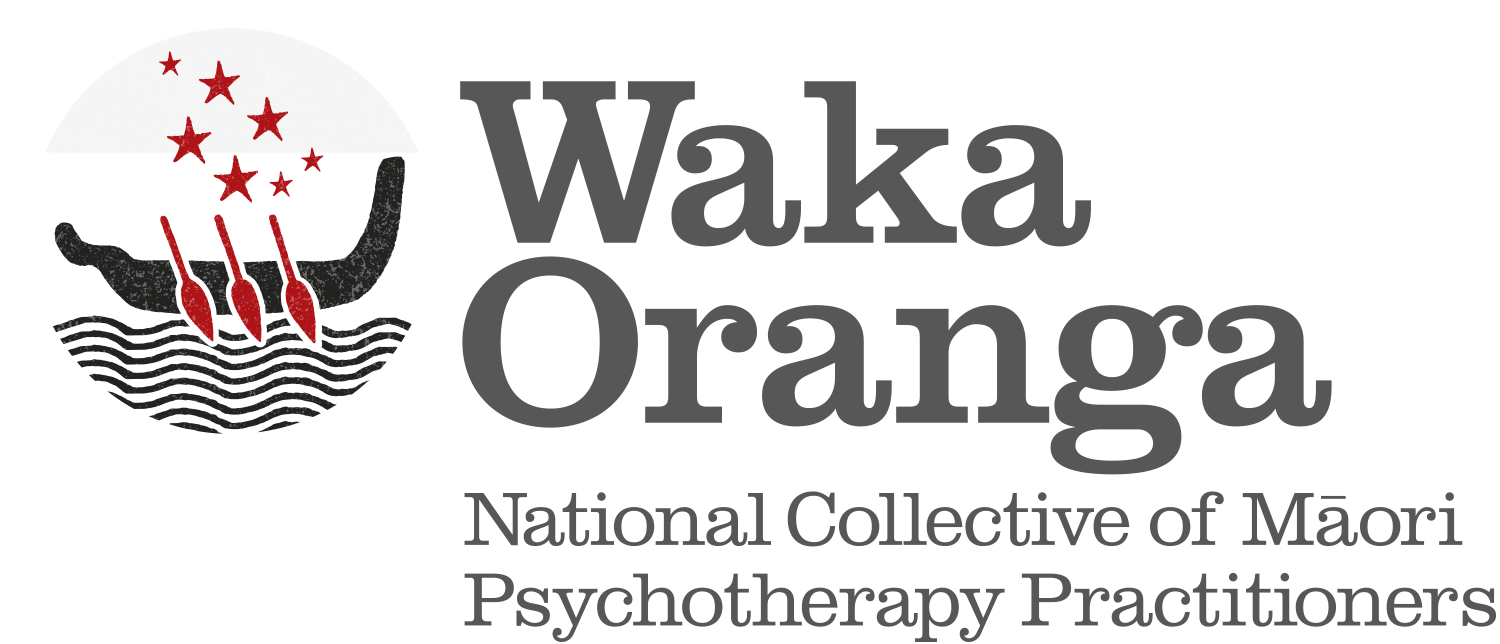
History
The New Zealand Association of Psychotherapists was set up in 1947 at a meeting in Christchurch called by Dr Maurice Bevan-Brown. Dr Bevan-Brown had worked in London and was aware of New Zealand’s high rate of in-patient admissions to mental hospitals compared to Britain’s and our lack of recognition of the effects of “war neuroses”. He believed it was “very difficult to be mentally healthy in a mentally unhealthy world” and wanted to promote an understanding of psychoanalysis as a means to improve society.
The 26 men and women attended the first meeting from professional disciplines such as medicine, psychiatry, psychoanalysis, psychology, social work and pastoral counselling. Our founders’ aims were: the protection of the public by the maintenance of high professional standards; promotion of fellowship, understanding and support among psychotherapy practitioners; and provision of training facilities.
Our current aims are reflected in the Constitution (PDF). We have retained a strong focus on high professional standards and opportunities to connect with colleagues. We provide a professional development pathway to registration as a psychotherapist (ACP). Education to qualify in psychotherapy is also provided by a number of independent training institutions and by the Auckland University of Technology (AUT).
Since 1994 we have been exploring, debating and putting into action ways that psychotherapy can be guided by the articles and spirit of Te Tiriti o Waitangi.
Dr Haare Williams, a Tuhoe kaumatua, was invited in 1994 to become Pae Arahi, a bridge for the Association towards biculturalism. In 2006 Haare was instrumental in helping to found an organisation of Māori psychotherapy practitioners, Waka Oranga, which is in relationship with NZAP and which has representatives on NZAP’s Council. Haare is an honorary Life Member of our Association and continues to guide both organisations. These relationships are vital for the success of our activities and conferences. Waka Oranga also provides a Māori pathway to membership – the He Ara Māori Advanced Clinical Practice pathway.
In 2007 psychotherapy became registered under the Health Practitioners Competence Assurance Act 2003. Our registration body is PBANZ.
Two books have been written about the history of NZAP, and one other gives a picture of New Zealand psychotherapy practitioners:
- R and B Manchester “Notes Towards a History: A chronology of the first fifty years 1947-1997” (1996)
- Rhona Carson et al. “A History of a Decade 1997-2007” (2007)
- Roy Bowden “Psych-o-therapy: New Zealand psychotherapists tell their stories” (2018)
A brief history of biculturalism in NZAP up to 2007
This is a short history of the Bicultural Journey within NZAP up to 2007 that will be updated in the future.
In the process of researching this history, Rhona Carson discovered that there was a notice of motion at the 1994 AGM:
That the following be adopted at the 1995 AGM ‘That the Constitution be amended to include in the objects the clause: “to ensure that psychotherapy in Aotearoa New Zealand is conducted in accordance with the articles contained in the Treaty of Waitangi”.’ moved Merv Hancock, seconded Charles Waldegrave.
At the 1995 AGM Jonathan Fay proposed an amendment, Peter Mcgeorge seconded, so that the motion now read:
That the Constitution be amended to include in the objects the following clause: “to explore ways in which psychotherapy may be guided by the articles and spirit of the Treaty of Waitangi.’
This was passed unanimously, but has never been enacted. It seems to have been an oversight, and at the time of writing Rhona is investigating whether this action can now be taken.
In 1994, Haare Williams, a generous Tuhoe kaumatua, was first approached to help with the development of biculturalism in the Association, and has worked with NZAP in various ways since then. In March 1997 President Peter Reid announced that Haare had agreed to serve as Pae Arahi (a‘bridge’) for the Association, and to form a runanga to provide the necessary support and assistance in developing a bicultural vision and strategic plan.
Progress was slow. In 1998 the Nelson branch proposed that a member of Council be delegated as responsible for bicultural developments. It was agreed that bicultural issues would become a standing item on the Council agendas and at the AGM. The September Newsletter carried an article by Haare Williams on ‘NZAP – The Bicultural Journey’.
In 2000, Faye Gorman (Dunedin) called for representatives from each region to meet and address bicultural aspects, asking how NZAP manifests treaty obligations. A ‘bicultural working party’ was formed, meeting for the first time at the 2001 Wellington conference, with Sheila Larsen as chairperson. Sheila drew attention to the practice of the Māori name of the association being in smaller type than the English name, and it was agreed to correct this. The working party set up its own e-mail contact list and debated the issues among themselves. Each Newsletter during the year had an article relevant to understanding bicultural/treaty issues.
At the Nelson Conference, the Bicultural Committee, as it was now known, made itself visible to the membership by having a ‘fishbowl’ meeting at a plenary session, discussing the issues among themselves before inviting dialogue with the wider group. Sheila Larsen reported to Council that it was “clear that these issues arouse passions and feelings that are painful, and that we have to find a balance between working carefully, sensitively and sometimes slowly with those, while not going so slowly that no progress is made.”
In June 2002 the Committee held a hui at Te Poho o Tangiianui Marae in Hawkes Bay, organised by Fay Danvers, at which its purpose became clearly defined around the Treaty of Waitangi. This hui was supported by Anihana Daly, a long-time friend of Fay and the leading light behind Awhina Whanau Services, the kaupapa Māori provider who would be a partner in organising the 2007 Napier conference. Also present was Mitzi Nairn, known for her knowledge of the Treaty. Fay was intent upon leading the karanga at the following year’s conference, but that was not to be. She was already gravely ill and would die less than a year later.
In 2003 Seán Manning, newly elected to Council, took over the Bicultural Committee Chair from Sheila Larsen. The Committee met at the Te Kai Waha Marae in the Hokianga in August, and three guiding principles emerged from this hui:
- The Treaty was the central focus of the Committee’s work.
- The Committee was concerned to nurture and establish real relationships with Māori.
- It was the responsibility of each individual, group and committee within NZAP to become educated on cross-cultural and Treaty matters, and form their own partnerships and relationships with Māori. It was felt that change would occur through the branches by forming relationships at a local level.
The Treaty first appeared in the new Code of Ethics which was adopted in 2002. In 2003 the Bicultural Committee put forward a recommendation that their name be changed to ‘The NZAP Advisory Committee on Te Tiriti’. The Māori term ‘Te Tiriti’ was deliberately used, indicating that the Māori language version was regarded as the authentic document.
The proposal was left on the table pending further discussions among the wider membership. After being discussed at the members’ forum in 2004 the name ‘NZAP Advisory Committee on Te Tiriti and Bicultural Issues’ was adopted, thus further formalising a commitment to the Treaty. The term ‘bicultural’ was kept because of a widespread feeling that it expressed the way we wanted to be.
By this time, it was clear that the quality of the real, already existing relationship between NZAP branches and committees, and local Māori, is fundamentally important in determining the relative success of activities carried out in partnership.
In November 2006 the Treaty Committee organised a hui at Whaiora Marae in Otara, inviting Māori who might be interested in an association with, or membership of, NZAP. There were a number of by familiar names. Among the Māori present, Ripeka August, Anihana Daly, Haare Williams, Margaret Poutu Morice, Cherry Wilson, Faye Gorman, Mihiteria King, Barbara Niania, Iona Winters and Matewawe Pouwhare wrote about the experience in the December Newsletter. The hui was also attended by members of the Treaty Committee, Council and the Admissions Committee. At the hui, the possibility of a ‘Brown Book’ – a Māori version of the well-known ‘Orange Book’ (the NZAP admissions policy and procedures) was planned, but at the time of writing, has not emerged. What did emerge was a ‘Māori caucus’, called Waka Oranga, that was presented to Council by Cherry Wilson and Haare Williams the following year as the runanga envisaged by Haare 10 years previously. The document they brought was published in the August 2007 Newsletter.
The Treaty Committee began working with conference organisers in advance of the 2007 Napier Conference and now establishes a relationship with each Conference Organising Committee to support the local links with Mana Whenua.
Eileen Birch took over as chairperson of Te Tiriti and Bicultural Committee in (2006) and she was followed by John O’Connor. At the Nelson Conference the Committee decided on bicultural leadership by Grant Dillon (Tauiwi) and Barbara NiaNia (Waka Oranga).
Acknowledgment: the above is an edited version of the history of bicultural relationships within NZAP taken from the History of NZAP written by Seán Manning.
The Memorandum of Understanding between Te Tiriti and Bicultural Committee and the NZAP Council follows:
Memorandum of Understanding between NZAP Council and the National Advisory Committee on Te Tiriti and Bicultural Issues
Purposes and Roles of the Committee
- To provide advice and guidance to Council and the Association on issues regarding biculturalism and the implications and responsibilities of the Treaty of Waitangi, for members and the Association.
- To provide guidance and support to NZAP Conference Organising Committees on how they will address the relationship with Tangata Whenua, and Treaty obligations generally, in organising the annual NZAP Conference.
- To assist and support national and local branch bicultural initiatives (including distribution of funding, the budget for which is provided to the Committee by Council).
- To enhance the participation of Māori in the Association, and access for Māori to the resources of the Association.
- To provide liaison and support to Māori within NZAP.
- To provide guidance on all NZAP documentation in relation to biculturalism and the obligations of the Treaty of Waitangi.
- The Committee will report on its work to Council and the AGM.
Membership
Membership decisions are made by the Committee and ratified by Council. The following principles are to be observed, though they may be varied for reasons such as willingness, ability, experience, availability and financial resources (the existing Committee members would then select from those nominated based in part on ensuring a good geographical spread):
- Membership of the Committee should comprise a maximum of 10 members.
- The Committee should represent the regions.
- Committee members should be supported by their regional branches.
- The gender and cultural background of members will also be considered with the aim of maintaining a good balance within the membership of the Committee.
Convenor
The Convenor will be appointed by Council and will be one of the elected members of Council.

